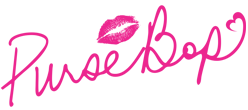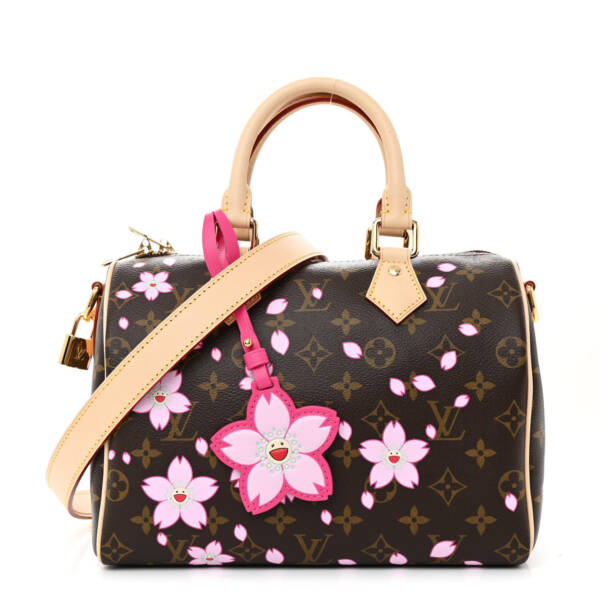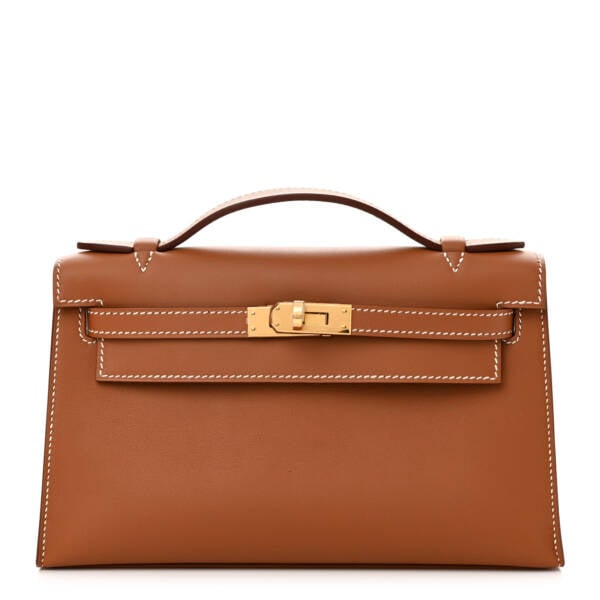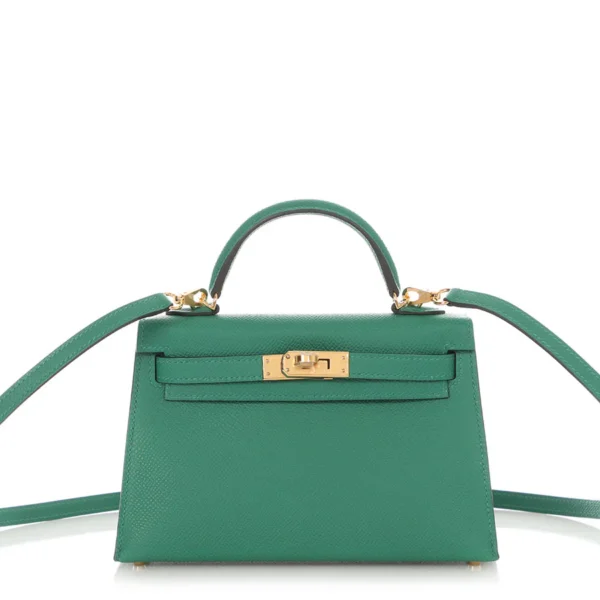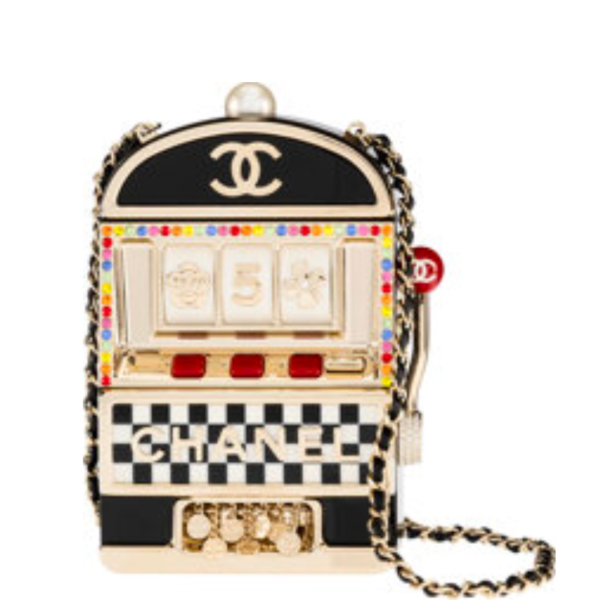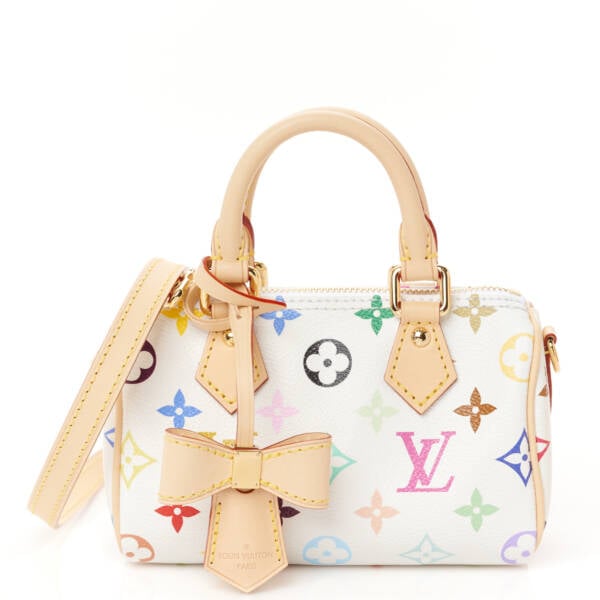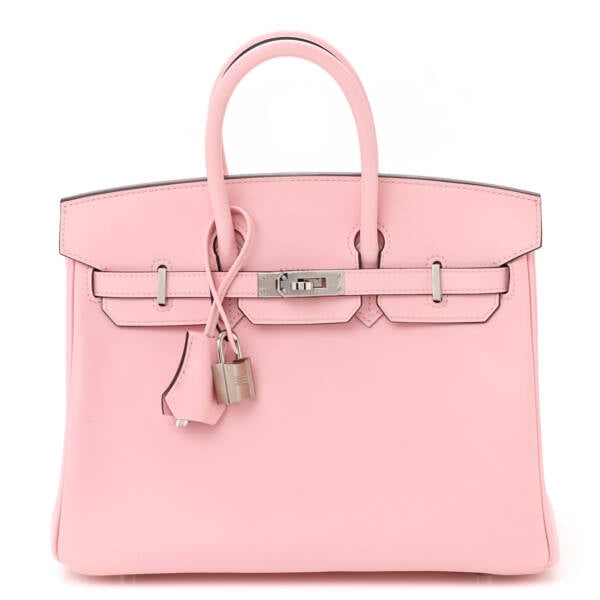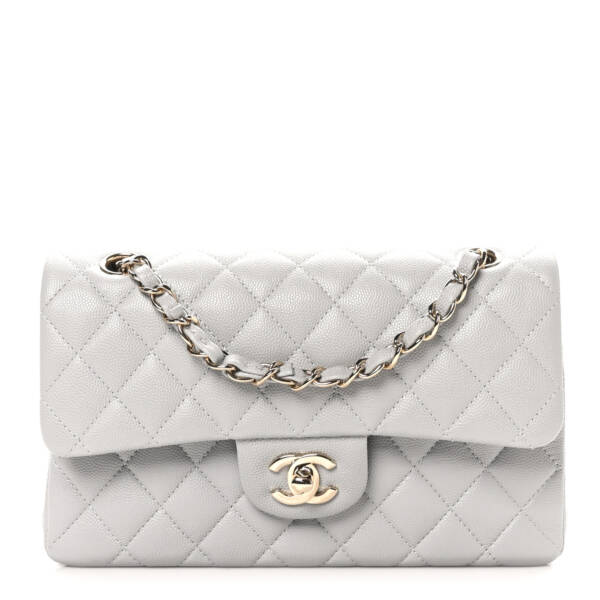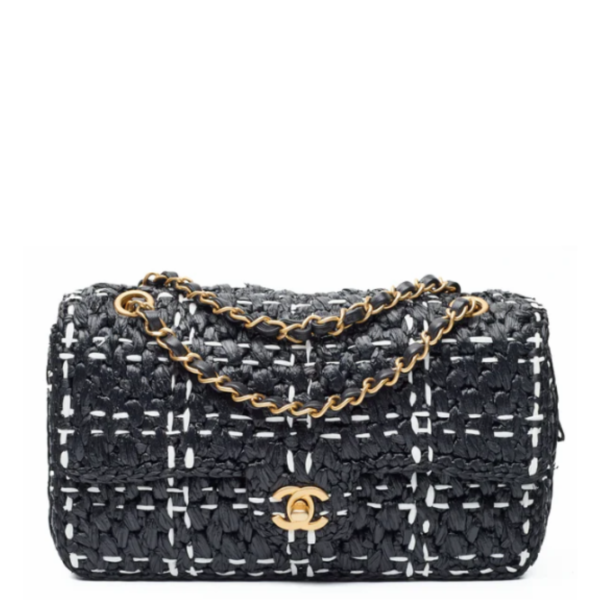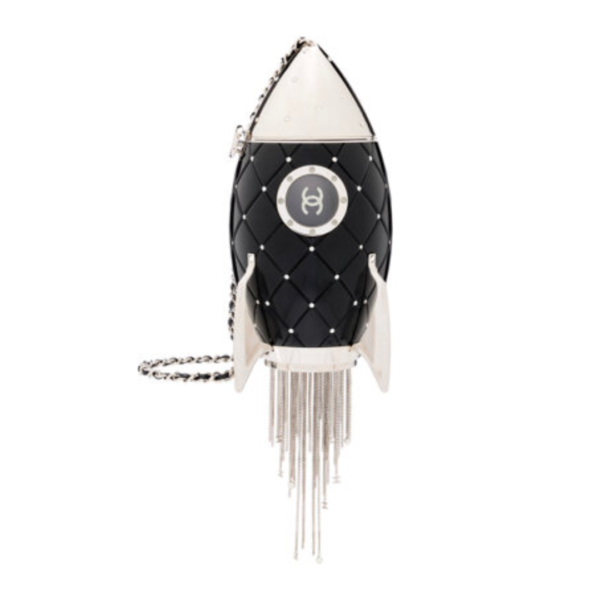Dior climbs, Ralph Lauren surpasses Hermès, and Chanel falls. The latest Vogue Business H1 2025 Index paints a picture of both resilience and disruption in luxury fashion, as some brands double down on innovation and digital engagement, while others face a cooling of consumer enthusiasm.
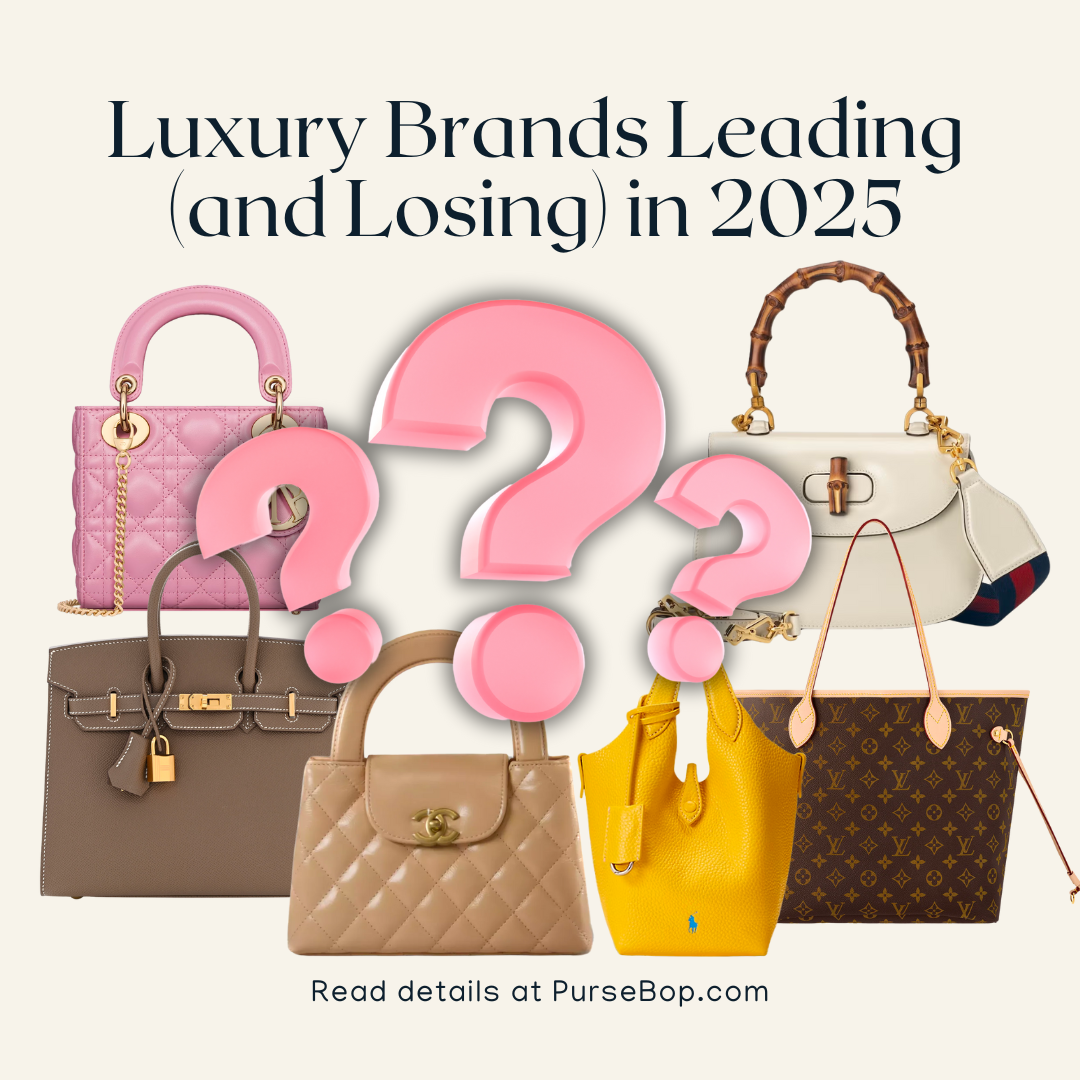
Read also: Which Luxury Brands Are Dominating 2024?
At the top, familiar names still reign. Louis Vuitton, Dior, and Gucci hold the top three spots, with Dior nudging ahead into second place, pushing Gucci into third. Dior’s gains are tied to stronger consumer sentiment, boosted purchase intent, and a sharpened brand image. On the other hand, Gucci continues to navigate a transition period following Demna’s appointment as creative director.
Read also: Gucci Disrupts Luxury’s Top Three in Vogue Business Index
Louis Vuitton retains its number-one spot for the sixth consecutive Index. While it doesn’t top any one pillar, its consistency across all, including digital, omnichannel, ESG, and consumer sentiment, keeps it securely ahead. Notably, its K-pop ambassador Felix drives the highest engagement across all celebrity endorsements tracked, and the brand’s bold presence on platforms like Discord has positioned it as a digital leader in the luxury space.
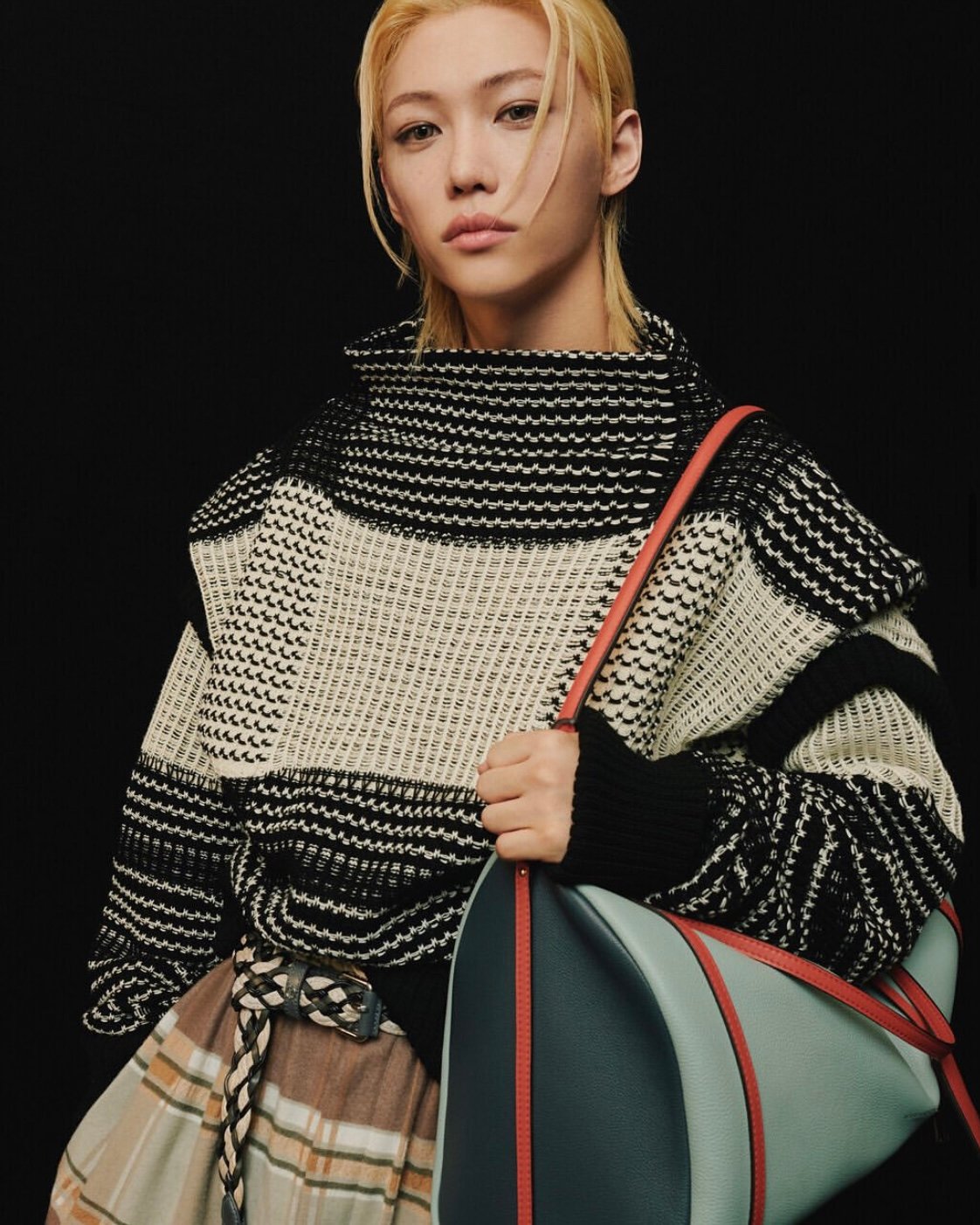
Image courtesy: @louisvuitton
The most dramatic rise, however, comes from Ralph Lauren, which jumps seven spots into 4th place — its highest position since 2022. As consumers become more value-conscious, Ralph Lauren is benefiting from its clear brand identity, accessible price point, and elevated perception of quality. Standout handbags like the new Polo Play Small Tote — a Picotin-esque design — alongside the crescent-shaped Polo ID Shoulder Bag, both priced well below $1,000, have further fueled the brand’s surge. Digital engagement has surged across nearly every platform, reflecting the brand’s success in connecting with audiences seeking style, substance, and reliability in a turbulent market.
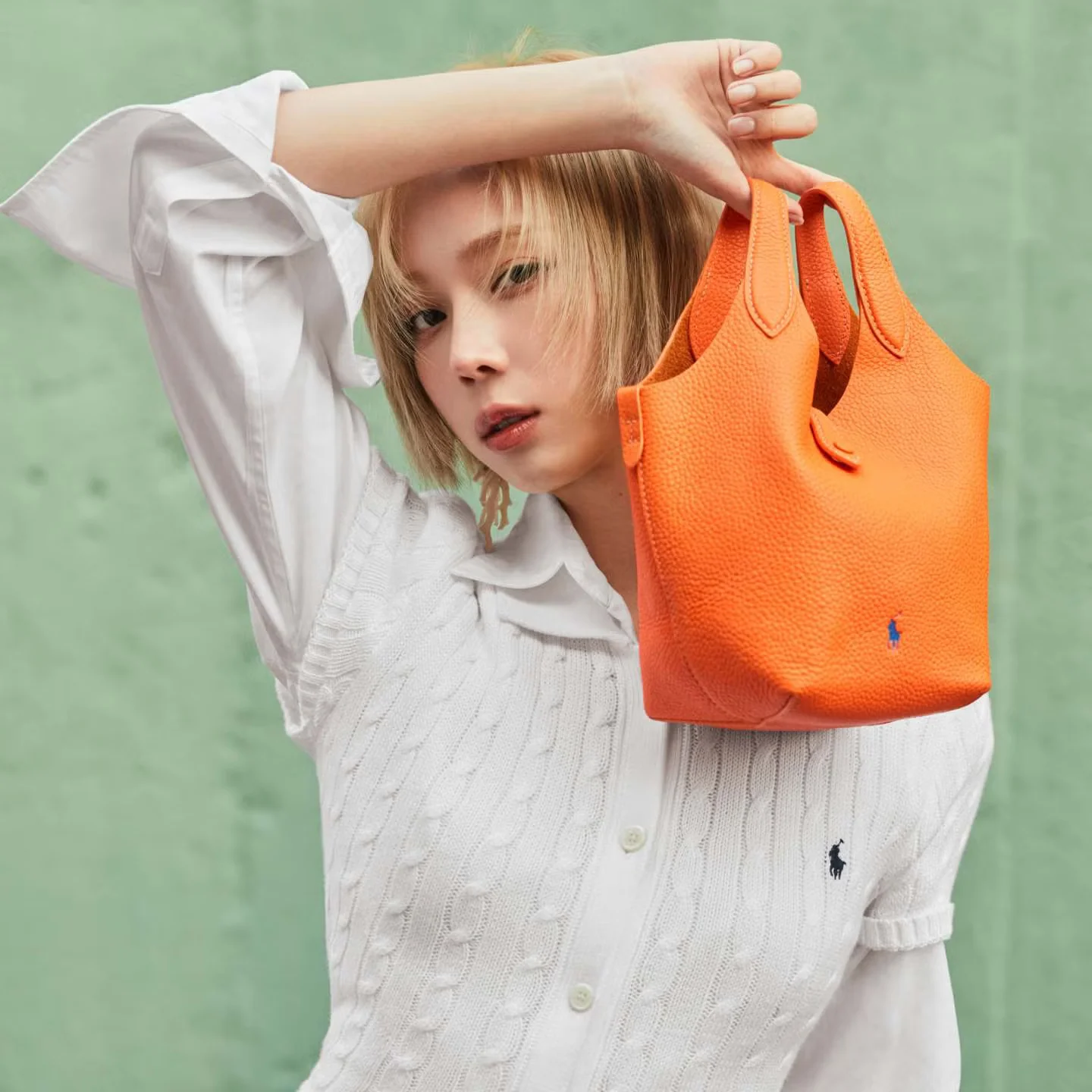
Image courtesy: Ralph Lauren
Meanwhile, Hermès slips to 6th place. Despite its continued dominance in physical retail and consumer sentiment, especially for in-store experience, the Maison’s more muted performance in digital and omnichannel has caused a decline in the rankings. Saint Laurent, quietly building its presence, now occupies 5th, driven by sleek campaign work and increased digital traction.
Chanel, on the other hand, continues its slide, down three spots to 8th. Although it still leads in overall consumer sentiment, the gap is narrowing. Purchase intent has dipped, and so has the brand’s perceived value-for-money. With Matthieu Blazy newly announced as creative director, all eyes are on whether the Maison can regain its footing.
Read also: Why Matthieu Blazy is the Perfect Fit for Chanel

Image courtesy: Vogue Runway
Burberry drops to 9th place, slipping one spot due to declines in consumer sentiment and omnichannel performance. However, the brand has managed to boost its digital presence and innovation, particularly through the ‘Burberry Forward’ plan, which emphasizes virtual try-ons and new-generation materials. Despite some setbacks, Burberry remains a significant player, with its future efforts focused on remaining relevant in an increasingly digital-first luxury landscape.
Fendi holds steady in 10th place, exhibiting stability despite minor fluctuations in digital performance. It has managed to slightly improve its omnichannel engagement through better online customer service and delivery options, securing its place among the top luxury brands. Strong consumer sentiment and innovation remain its core strengths, although the brand still faces challenges in keeping pace with the rapidly evolving digital environment.
As we look ahead, the Vogue Business H1 2025 Index highlights the ongoing uncertainty in luxury fashion. Louis Vuitton, Dior, and Gucci remain at the top, but Ralph Lauren’s rise and Hermès and Chanel’s struggles show that the industry is far from settled. The musical chairs of creative leadership are still in full swing, with brands reshuffling their strategies to meet shifting consumer expectations. As the luxury market continues to evolve, how these brands adapt to the ever-changing landscape will determine their future success.
Read more: Vogue Business Index top 10: Preppy is back and so is Ralph Lauren
- Anna McWhirter posted 4 weeks ago
- last edited 4 weeks ago
